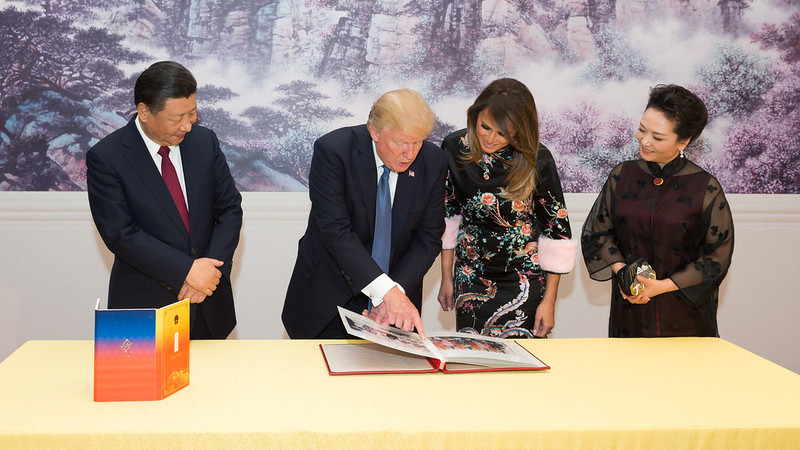“I've read hundreds of books about China over the decades. I know the Chinese. I've made a lot of money with the Chinese. I understand the Chinese mind.”
― Donald Trump, The Art of the Deal
President Donald Trump's tariff policies have been a cornerstone of his economic agenda, aiming to protect American industries, reduce trade deficits, and pressure foreign adversaries into fairer deals. Since his first term, these measures have yielded notable successes, though not without controversy. As we approach a pivotal meeting with Chinese President Xi Jinping, following Trump's 100% tariff threat that prompted Beijing to back down, it's worth examining the track record and what's at stake.In his initial presidency (2017-2021), Trump's tariffs on steel, aluminum, and various imports generated significant revenue for the U.S. Treasury. According to estimates, these duties brought in over $80 billion, helping fund infrastructure and defense initiatives.
They also revitalized domestic manufacturing in key sectors. For instance, steel production surged by 10-15% in protected areas, creating thousands of jobs and bolstering national security by reducing reliance on foreign suppliers.
Critics argue that tariffs raised consumer prices and slowed GDP growth by 0.5-1%, but proponents highlight how they forced renegotiations like the USMCA, which improved labor standards and intellectual property protections.
Fast-forward to 2025, Trump's re-elected administration has escalated the approach. Tariffs on China, Mexico, and others are projected to raise $2.9 trillion over the next decade, offsetting tax cuts and addressing the ballooning trade deficit.
Successes include curbing fentanyl inflows through threats against Mexican imports and encouraging reshoring of supply chains. Companies like Apple and Tesla have accelerated moves to diversify away from China, boosting U.S. tech and auto sectors.
Economists note that while tariffs add costs—potentially $2,600 per household annually—they've empowered U.S. negotiators, leading to bilateral deals that favor American exports.
The latest chapter involves the high-stakes standoff with China. In early October 2025, Trump threatened an additional 100% tariff on Chinese goods starting November 1, retaliating against Beijing's rare-earth export curbs and alleged unfair practices.
This "nuclear option" sent markets tumbling, erasing trillions in value initially. However, it appears to have worked: Xi blinked. After intense talks led by Treasury Secretary Scott Bessent, China agreed to pause rare-earth restrictions and boost U.S. soybean purchases, while the U.S. shelved the 100% tariff threat.
Bessent described it as a "basic framework" deal, effectively taking the tariffs "off the table."
This concession paves the way for the upcoming Trump-Xi summit in South Korea, scheduled for late October. Trump has signaled optimism, calling it a chance for a "successful
transaction" benefiting both nations.
Key issues include AI cooperation, trade balances, and TikTok's fate, with markets rallying on de-escalation hopes—S&P 500 up 2.5% since the threat.
If successful, the meeting could mark another tariff win for Trump, from what market makers have called a "game of chicken" to a potential thaw, proving his brinkmanship yields results. Yet, skeptics warn of long-term risks like inflation and global fragmentation. As Trump himself admitted, extreme tariffs aren't "sustainable," but they've undeniably shifted leverage.
With U.S.-China relations at a crossroads, this summit could redefine the economic landscape for years to come.
Editorial comments expressed in this column are the sole opinion of the writer.


